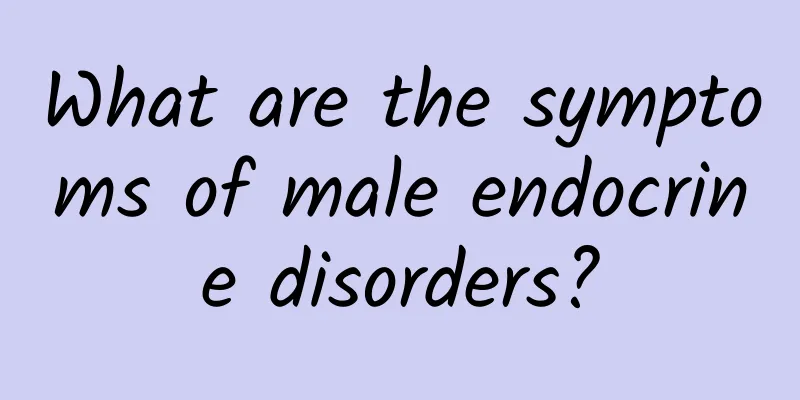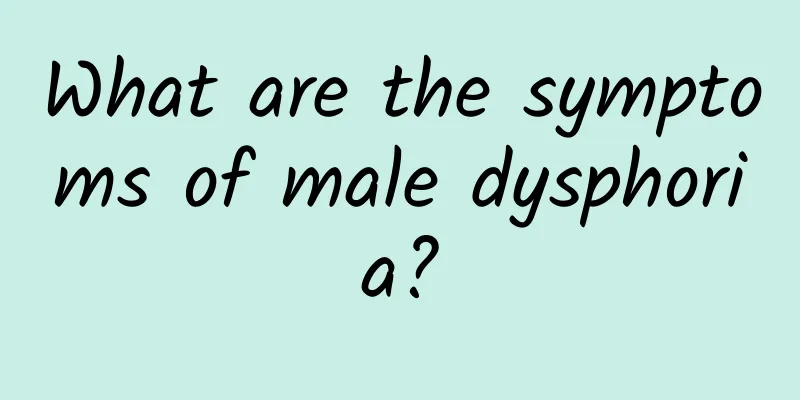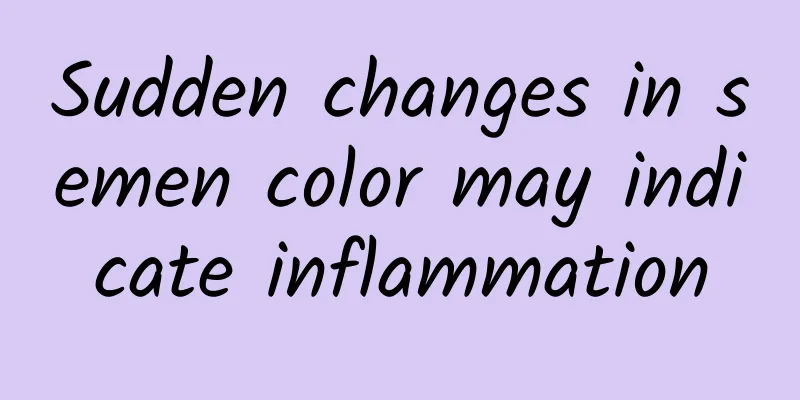What to do about membranous nephropathy? The two most effective treatments

|
Membranous nephropathy is a pathological diagnosis and a major cause of nephrotic syndrome. There are two types of membranous nephropathy: idiopathic and secondary. So, what kind of treatment is used clinically for this disease? 1. Non-immune treatment Targeted at young patients with urine protein <3.5g/day, normal or slightly decreased plasma albumin, and normal renal function. (1) Control blood pressure. Blood pressure should be controlled below 125/70 mmHg. The preferred medications are angiotensin-converting enzyme inhibitors (ACEI) or angiotensin II receptor blockers (ARB). (2) Anticoagulant therapy: In view of the high incidence of venous thrombosis in patients with membranous nephropathy, anticoagulant therapy can be given preventively. Patients with high-risk factors (urinary protein persistently >8g/day, plasma protein <20g/L, use of diuretics or long-term bed rest, etc.) should be actively treated with anticoagulant therapy. Low molecular weight heparin injection is the first choice of drug. If the patient has long-term hypoproteinemia, switching to oral warfarin anticoagulant therapy can be considered, but coagulation function needs to be closely monitored. (3) Low-protein diet: For patients with heavy proteinuria, the protein intake in their diet should be limited to 0.8 g/(kg·d), while providing sufficient calories. The total calories should generally be guaranteed to be 146.54 kJ (35 kcal)/(kg·d). (4) Others include treatment of edema, hyperlipidemia, etc. 2. Immunotherapy Immunosuppressive therapy depends on the degree and duration of proteinuria and the state of renal function. It is generally believed that high-risk patients with proteinuria >3.5g/day and decreased renal function, or proteinuria >8g/day should be given immunotherapy. There is also a lot of controversy about the immunotherapy regimen for membranous nephropathy and its efficacy evaluation. It is generally believed that the use of glucocorticoids (hereinafter referred to as hormones) alone is ineffective, and hormones + cyclophosphamide (CTX) or cyclosporine A (CsA) treatment can achieve clinical relief in some patients. The judgment of efficacy does not necessarily pursue complete relief (urine protein ≤ 0.3g/day), and partial relief (urine protein ≤ 3.5g/day or urine protein decrease > 50%, serum albumin > 30g/L) can also effectively improve the patient's prognosis. |
<<: These are actually the symptoms of prostate hyperplasia!
>>: Don't circumcise men! Circumcision has its disadvantages
Recommend
The penis becomes soft easily
Some male friends feel that their penis becomes s...
Chinese medicine for strengthening the kidney and improving yang
Maybe everyone is very particular about life, and...
How often do you masturbate?
First of all, let me explain to you what masturba...
Causes of testicular groin pain
There are many reasons for testicular and groin p...
Men can eat these nuts to nourish their kidneys.
Kidney deficiency is a problem that many men have...
Should men have sperm tests during their premarital check-up?
Nowadays, more and more people will do premarital...
What medicine is used for male genital itching
Regarding vulvar itching, many people think that ...
Male soft warts pictures
What are the symptoms of male contagious soft war...
170cm boys look super short
Is a boy 170cm short? The first thing that can be...
What is the secret recipe for men's health?
Modern life is very stressful, and men are the ma...
How to treat a man with fungal infection
It is a common phenomenon for men to suffer from ...
Mole on the scrotum of a man
Black moles are mainly caused by the accumulation...
Personality analysis of non-smoking men
Smoking can effectively relieve a person's me...
Effect of a chest X-ray on sperm
A chest X-ray is a procedure that involves radiat...
What should young people do if they have high blood pressure? Four methods can help you get rid of it easily
Generally speaking, high blood pressure is most c...









